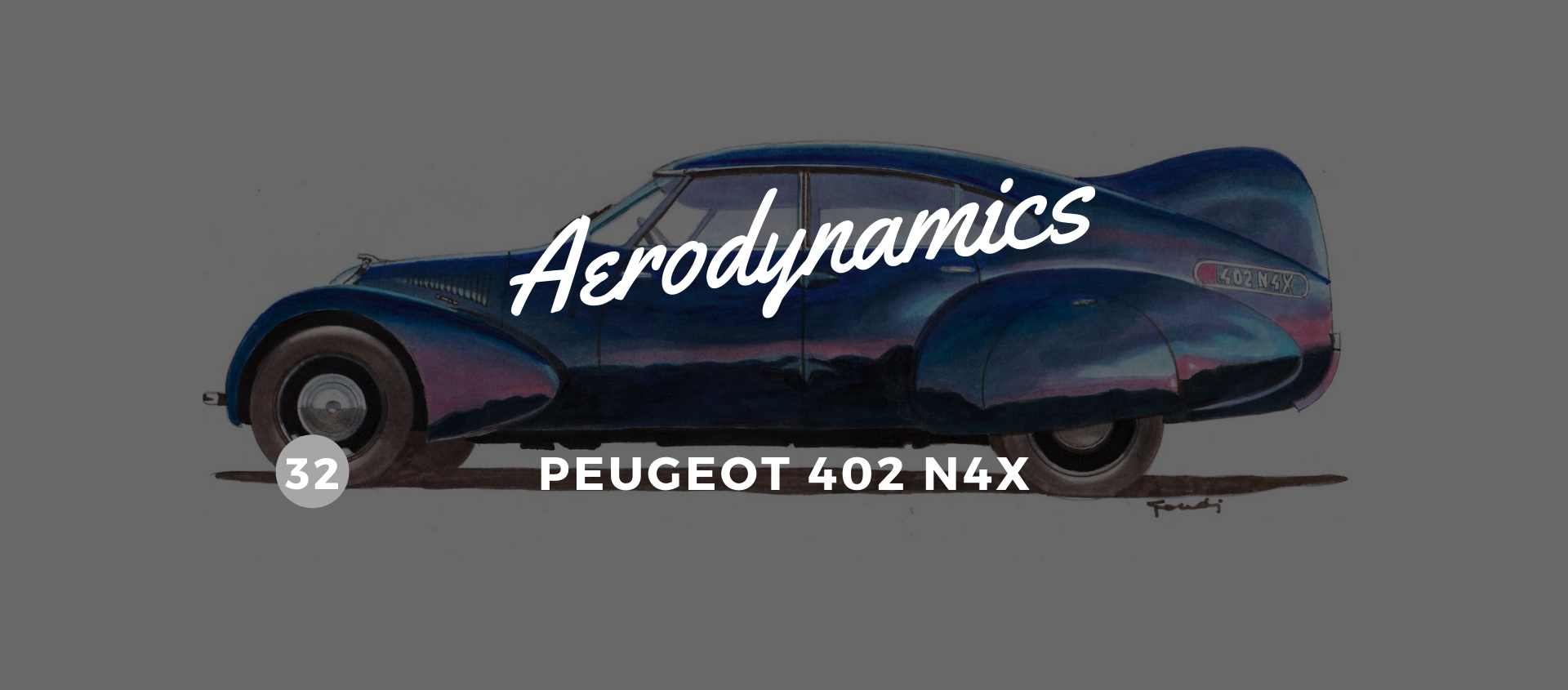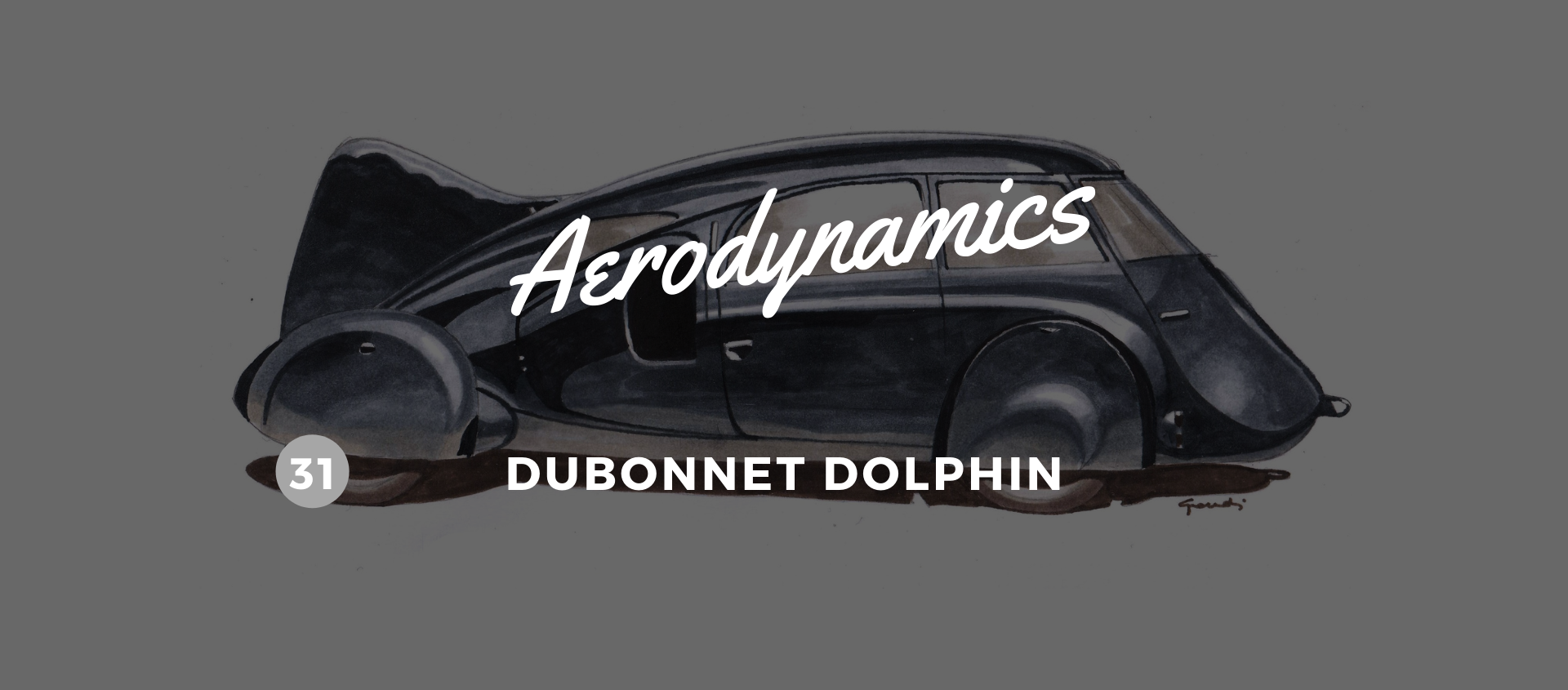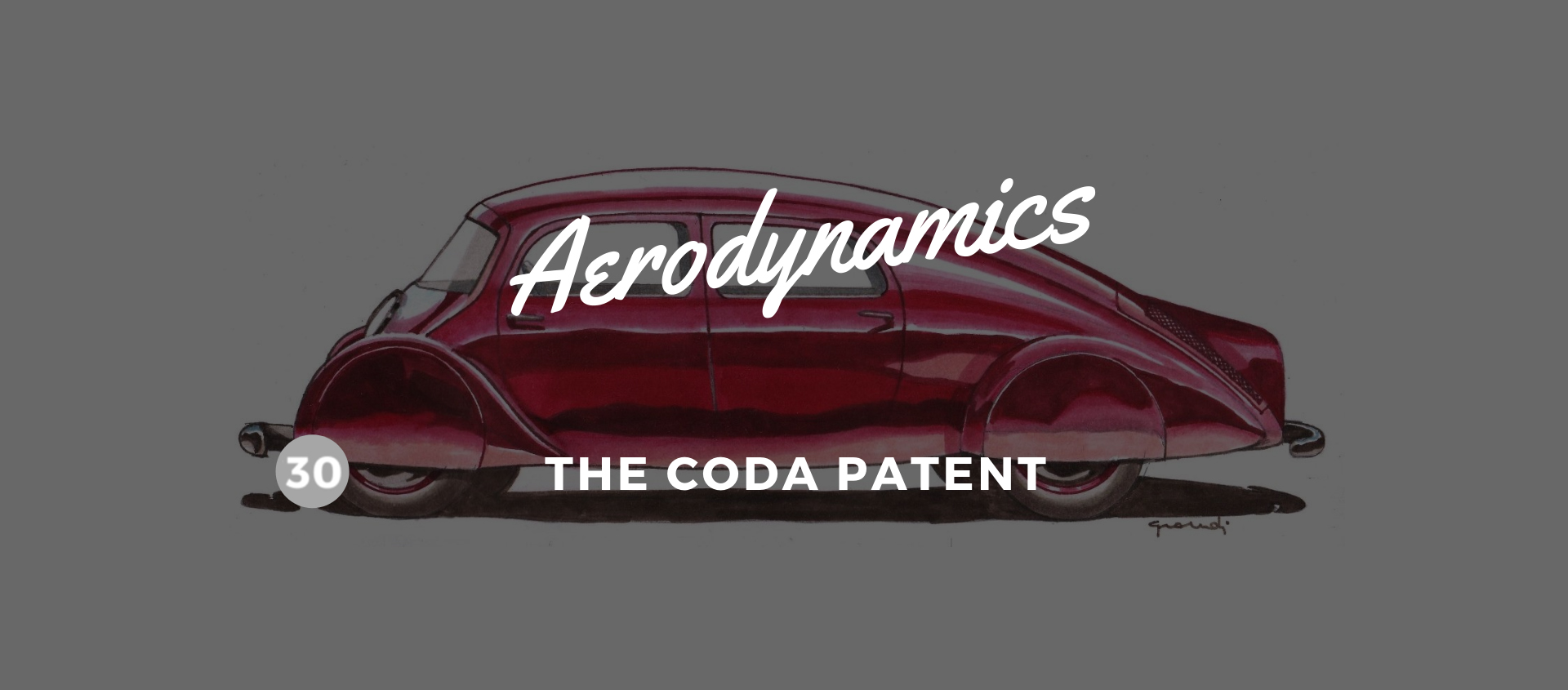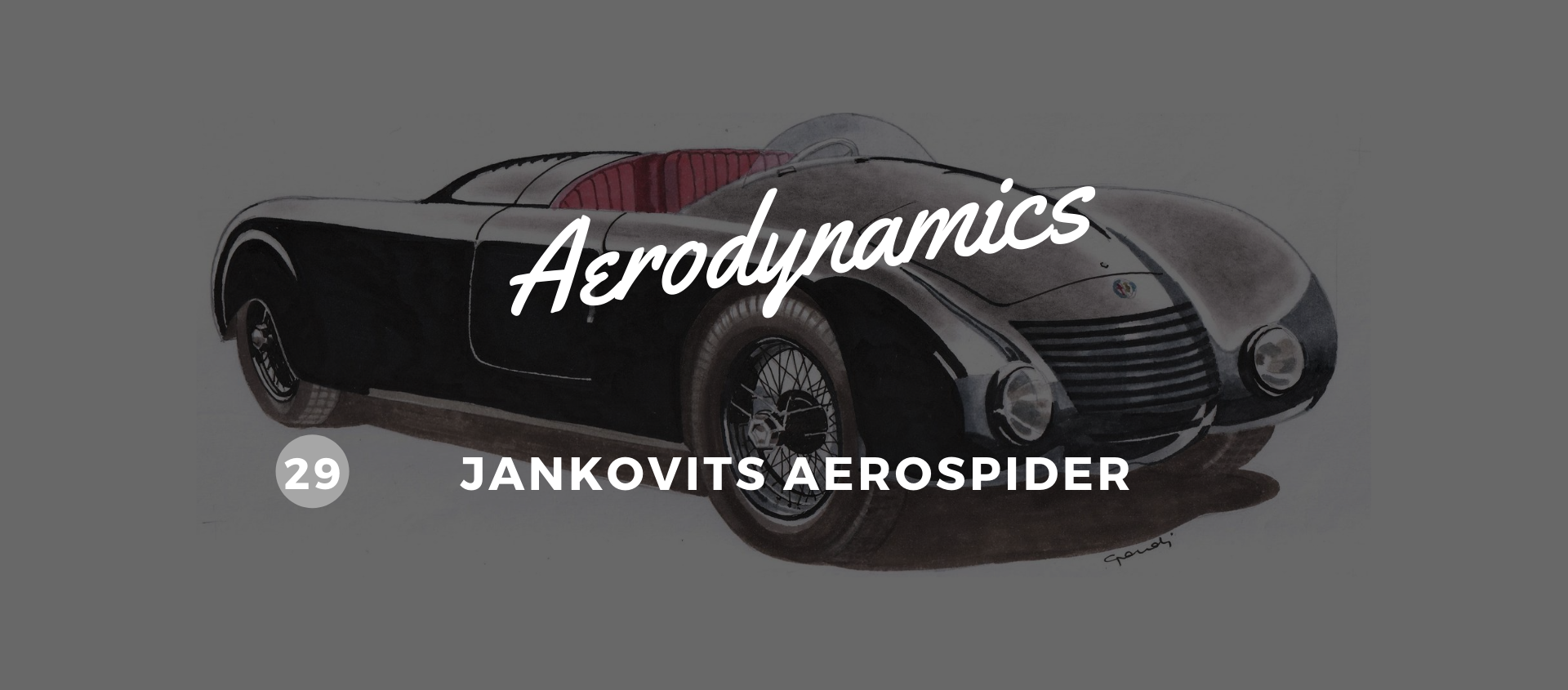Cosmetic surgery? Far more than just that
14 September 2020 1 min read 4 images

The 402 N4X, conceived and developed by the famous engineer Jean Andreau in 1935, can still be seen at the Peugeot Museum in Sochaux. The other five units produced were all destroyed during the war, and the project as a whole failed mainly as a result of that terrible trauma, which began at the end of 1939. Peugeot, keen for its 402 to be able to match the technically (although certainly not stylistically) innovative Citroën Traction, had recruited mechanical engineering and aerodynamics specialist Andreau precisely because of his aeronautical background and the experiments he had done as director of the Crasson Aerodynamic Research Center.
Register to unlock this article
Signing up is free and gives you access to hundreds of articles and additional benefits. See what’s included in your free membership. See what's included in your free membership.
Already have an account? Log In


